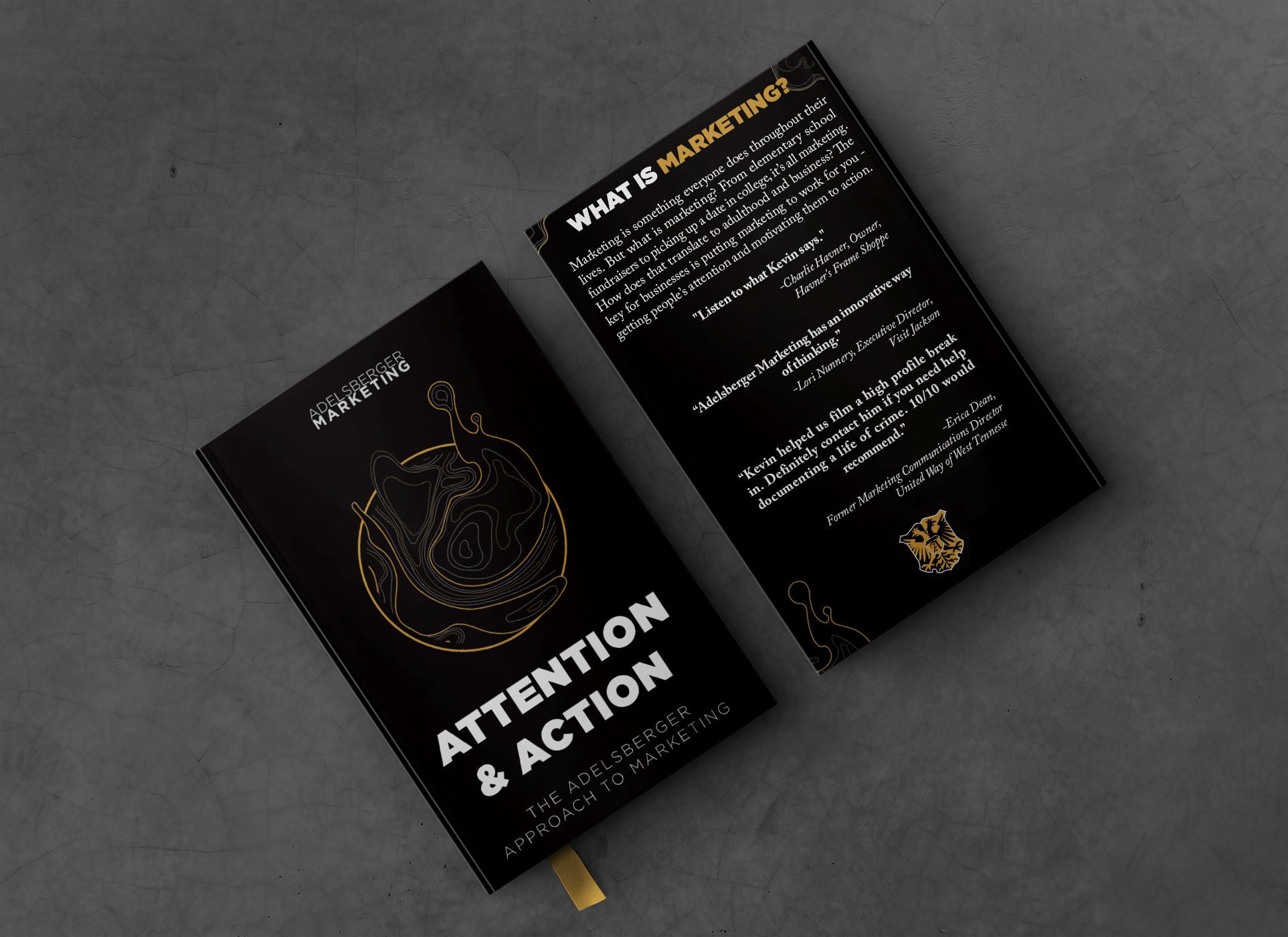Tim Cook doesn’t giveth, he just taketh away. This time it’s inbox tracking.
Most marketers are well aware of Apple’s recent war on digital marketing. The changes to tracking with iOS14 are just starting to be felt and the change of the direction and tone they are setting will change our ecosystem.
But Apple is doing what they said back in 2019: “The future is private.”
With the latest WWDC, Apple announced the next big swipe at marketers: Apple Mail users will have to opt-in to allowing email opens to be tracked. While the numbers are still being sorted out from the last update, it looks like most people will not be opting into tracking. Which is a reasonable step for most people to take when presented with the request to allow tracking. Therefore it seems likely that people will not opt-in to email tracking.
While this is currently just going to be in Apple Mail, it stands to reason that Apple sets trends in this industry. Remember how everyone made fun of the iPhone for dropping the headphone jack? It was not long till everyone else copied that.
The arms race will be interesting to watch: Will Mailchimp throw a public fit like Facebook did? Will Constant Contact develop a work around? Will Apple launch its own email service that doesn’t follow the rules?
What to do about it?
Know that Apple is once again changing the rules. In the near future email reporting will be affected.
-Make good use of the time we do have left by testing open rates on different types of headlines. Headlines will be awfully hard to test against each other when these changes take effect so use this time and make records.
-Start building better content. Using the data you have currently and focus on making better emails going forward. Stop sending lower quality emails and focus on good ones. In other words, make it hard to not open.
-Use UTM parameters in email messages. If you are not already doing advanced link tracking in your emails, now might be a good time. UTM parameters might end up being one of the first and last working reliable analytics.
-Diversify your marketing methods. Email will still be a good tool to use. But as Google tries to sort people’s email for them, and Apple takes swipes at tracking, determine how else can you reach your people reliably. Unfortunately, I think this means that texting will continue to grow in its use by commercial entities. The second best attention feature left to use is push notifications, so getting customers to download your app will also become more prominent for marketing.
Steve Jobs believed in hardware and software that worked perfectly together. This ended up creating a walled garden that was a hindrance to Apple for many years. But now, this walled garden, where they get to dictate the rules for so many people, may end up being the greatest advantage of our age. Apple sees the future as private for our benefit but also their benefit. It will continue to make our jobs harder, so begin communicating that to your clients to help set expectations of performance as these changes come down.


